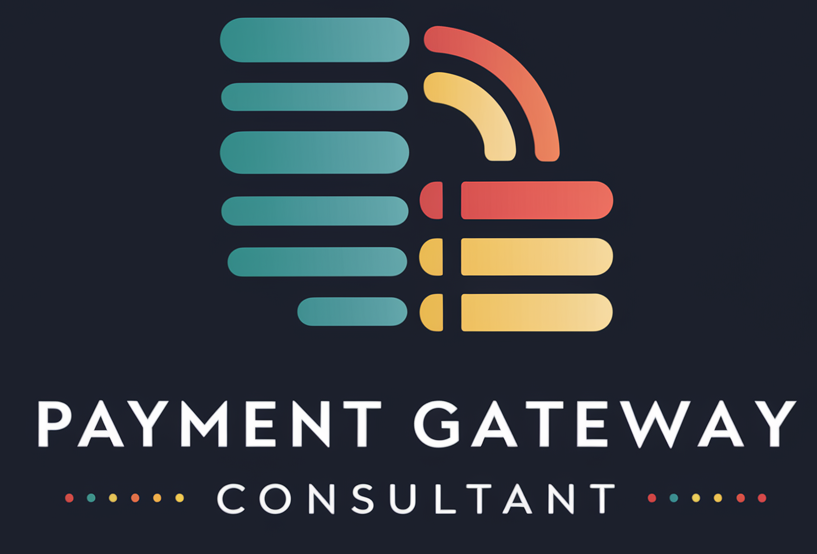Understanding the Monthly Payment on a 300k Mortgage
When considering a $300,000 mortgage, it’s essential to understand the various factors that influence the monthly payment. A mortgage payment consists of four main components: principal, interest, taxes, and insurance (PITI). The principal is the original loan amount, while interest is the cost of borrowing the money. Property taxes and homeowners insurance are also included in the monthly payment, which can significantly impact the overall cost.
Components of a Monthly Mortgage Payment
The PITI components of a monthly mortgage payment are:
- Principal: The portion of the payment that goes toward reducing the loan balance.
- Interest: The cost of borrowing money, expressed as a percentage of the principal.
- Taxes: Property taxes assessed by local governments, which can vary by location.
- Insurance: Homeowners insurance premiums, which protect against property damage or loss.
How Loan Term Affects Monthly Payments
The loan term, or the length of time you have to repay the mortgage, significantly affects the monthly payment. A longer loan term, such as a 30-year mortgage, will result in lower monthly payments compared to a shorter term, like a 15-year mortgage. However, a 15-year mortgage typically has lower interest rates and less total interest paid over the life of the loan.
For example, a $300,000 mortgage with a 30-year term at a 7% interest rate would have a monthly payment of approximately $1,995.91 (excluding taxes and insurance). Over the life of the loan, the total payment would be around $718,527.
Impact of Interest Rates on Monthly Payments
Interest rates play a crucial role in determining monthly mortgage payments. A higher interest rate will result in a higher monthly payment, while a lower rate will lead to a lower payment. Even a small difference in interest rates can have a significant impact on the overall cost of the mortgage.
Factors Influencing the Monthly Payment on a 300k Mortgage
Several factors beyond the loan amount and term can influence the monthly payment on a $300,000 mortgage. These include the down payment, credit score, debt-to-income ratio, and local property taxes and insurance costs.
The Role of Down Payment
The down payment is the upfront payment made when purchasing a home, expressed as a percentage of the purchase price. A larger down payment reduces the loan amount, resulting in lower monthly payments. For a $300,000 home, a 20% down payment would be $60,000, leaving a mortgage balance of $240,000.
A 20% down payment also eliminates the need for private mortgage insurance (PMI), which is typically required for down payments less than 20%.
Credit Score and Debt-to-Income Ratio
Your credit score and debt-to-income ratio (DTI) play significant roles in determining your mortgage affordability. A higher credit score generally results in better mortgage rates, which can lower your monthly payments. Lenders typically prefer a DTI of 36% or less, with the mortgage payment accounting for no more than 28% of your gross monthly income.
To comfortably afford a $300,000 mortgage, you should aim for a monthly income of at least $7,150 (based on the 28% rule).
Property Taxes and Homeowners Insurance
Local property taxes and homeowners insurance premiums are included in the monthly mortgage payment. These costs can vary significantly by location and property value. When budgeting for a $300,000 mortgage, it’s essential to research the specific tax rates and insurance costs in your area to get an accurate estimate of your total monthly payment.
Types of Mortgage Loans and Their Impact on Monthly Payments
The type of mortgage loan you choose can also impact your monthly payment. Some common loan types include fixed-rate mortgages, adjustable-rate mortgages (ARMs), conventional loans, FHA loans, VA loans, and jumbo loans.
Fixed-Rate vs Adjustable-Rate Mortgages
Fixed-rate mortgages maintain the same interest rate throughout the life of the loan, providing predictable monthly payments. ARMs, on the other hand, have an initial fixed-rate period followed by periodic rate adjustments based on market conditions. ARMs may offer lower initial rates but can result in higher payments if rates rise.
Conventional, VA, FHA, and Jumbo Loans
- Conventional loans: Traditional mortgages not backed by government agencies, often requiring a higher down payment and credit score.
- VA loans: Mortgages for eligible military service members, veterans, and their spouses, often with lower down payment requirements and no PMI.
- FHA loans: Government-backed mortgages with lower down payment and credit score requirements, but with mandatory mortgage insurance premiums.
- Jumbo loans: Mortgages exceeding the conforming loan limits set by Fannie Mae and Freddie Mac, typically with higher interest rates and stricter qualification requirements.
Tools and Tips for Estimating and Managing Your Mortgage Payment
To help estimate and manage your monthly mortgage payment on a $300,000 loan, there are several tools and tips available.
Using Mortgage Calculators
Mortgage calculators are valuable tools for estimating your monthly payments based on different loan scenarios. These calculators typically allow you to input the loan amount, interest rate, loan term, down payment, property taxes, and insurance costs to provide a comprehensive payment estimate. Using a mortgage calculator can help you compare different loan options and understand the impact of each factor on your monthly payment.
Tips for Lowering Your Monthly Mortgage Payment
To lower your monthly mortgage payment on a $300,000 loan, consider the following tips:
- Make a larger down payment to reduce the loan amount and potentially eliminate PMI.
- Improve your credit score to qualify for better interest rates.
- Consider a longer loan term, such as a 30-year mortgage, to spread payments over a longer period (keep in mind this may result in paying more interest over the life of the loan).
- Shop around for competitive interest rates and loan terms from multiple lenders.
- Explore government-backed loan programs, such as VA or FHA loans, if you qualify.
Consulting Mortgage Experts
Working with a knowledgeable mortgage professional can provide valuable guidance and help you find the best loan option for your specific financial situation. Mortgage experts can help you understand the various factors affecting your monthly payment, identify ways to lower your costs, and navigate the home-buying process with confidence.
By understanding the factors influencing your monthly mortgage payment, exploring different loan options, and utilizing tools and expert advice, you can make informed decisions when financing a $300,000 home purchase.
See also:
- What Is Monthly Housing Payment? Understanding Costs and Components
- When Is Your First Mortgage Payment Due? Find Out Now!
- How to Lower My Mortgage Payment: Effective Strategies for Homeowners
- How Much Is a Semi Truck Monthly Payment? Find Out Here!
- What is Balloon Payment? Definition, Examples, and Key Insights






